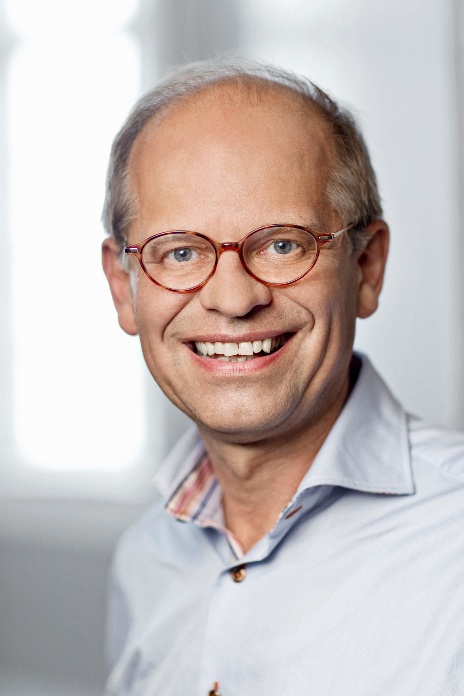
搜索网站、位置和人员

走进西湖
院系设置
开云app官网下载安卓
招生与奖励
新闻与活动
校园生活
开云体育登录入口网页版官网下载
人才招聘
师生入口
新闻与活动 活动信息
交叉科学中心系列讲座CIS Seminar | Prof. Mogens H. Jensen: Condensate Formation, DNA Repair and Oscillations in Cell Dynamics
时间
2025年4月28日(周一)
上午10:00-11:00
地点
西湖大学云谷校区E10-211
主持
西湖大学交叉科学中心副主任,汤雷翰讲席教授
受众
全体师生
分类
学术与研究
交叉科学中心系列讲座CIS Seminar | Prof. Mogens H. Jensen: Condensate Formation, DNA Repair and Oscillations in Cell Dynamics
时间: 2025年4月28日(周一)上午10:00-11:00
Time: 10:00-11:00, Monday, April 28, 2025
主持人: 西湖大学交叉科学中心副主任,汤雷翰讲席教授
Host: Prof. Leihan Tang, Chair Professor & Deputy Director of the Center for Interdisciplinary Studies (CIS), Westlake University
地址:西湖大学云谷校区E10-211
Venue: E10-211, Yungu Campus, Westlake University
讲座语言:英文
Lecture Language: English

Prof. Mogens H. Jensen
Professor of Complex Systems and Biophysics
Niels Bohr Institute (NBI), University of Copenhagen
主讲人/Speaker:
Mogens H. Jensen is a leading physicist and professor at the Niels Bohr Institute, University of Copenhagen, specializing in theoretical and statistical physics. His research explores complex systems, nonlinear dynamics, and biophysics, including chaos, turbulence, protein dynamics, and complex networks. With a Ph.D. in physics, he has advanced the understanding of fluctuations, phase transitions, and scaling behavior in disordered systems. Professor Jensen collaborates across disciplines, connecting physics with biology and information science. A dedicated educator, he teaches statistical mechanics and nonlinear dynamics, providing open-access lecture materials. His extensive publications in high-impact journals have shaped progress in biophysics, network theory, and statistical physics, establishing him as a key figure in complex systems research. His work continues to drive both theoretical and applied advancements in these fields.
讲座摘要/Abstract:
When cells are damaged or stressed, they respond by oscillating protein densities as have been observed for two famous proteins/transcription factors p53 and NF-kB. For p53 the oscillations appear after DNA damage by radiation. We show that liquid-liquid phase separations lead to condensates of repair proteins around damage sites which occur in an oscillating fashion thus preventing Oswald ripening. The period of oscillations provides an optimal time scale for the repair mechanism [1]. By applying an external periodic protein signal, the internal oscillation can lock to the external signal and thus controls the genes [2]. The locking occurs when the ratio between the two frequencies is a rational number leading to Arnold tongues. If tongues overlap, chaotic dynamics appear which strongly influence gene production [2]. Our findings are supported by experimental data from our collaborative groups at Harvard Medical, Beijing and Taipei.
[1] M.S. Heltberg, A. Lucchetti1, F.-S. Hsieh, D.P.M. Nguyen, S.-h.Chen and Mogens H. Jensen, "Enhanced DNA repair through droplet formation and p53 oscillations", Cell 185, 4394–4408 (2022).
[2] A. Jimenez, A. Lucchetti, M.S. Heltberg, L. Moretto, C. Sanchez, A. Jambhekar, G. Lahav and M.H. Jensen, “Entrainment and multi-stability of the p53 oscillator in human cells”, Cell Systems 15, 956-968 (2024).
讲座联系人/Contact:
交叉科学中心,朱子霖,邮箱:zhuzilin@westlake.edu.cn
Center for Interdisciplinary Studies (CIS), Ms. Zilin Zhu, Email: zhuzilin@westlake.edu.cn

















